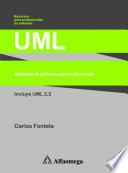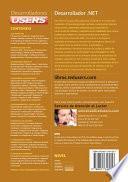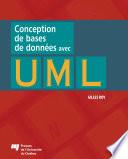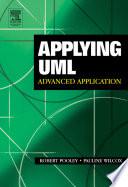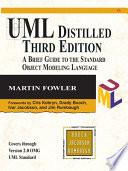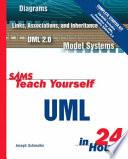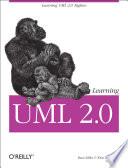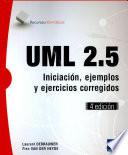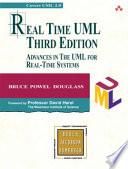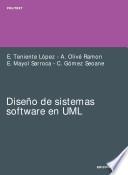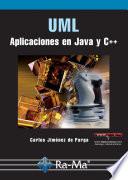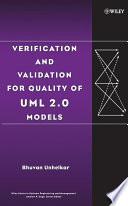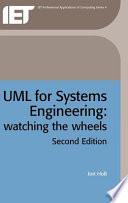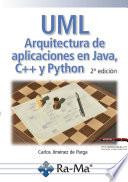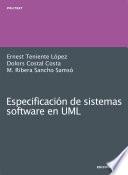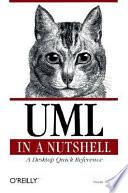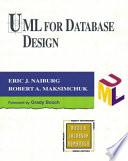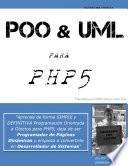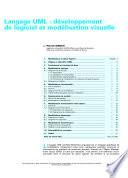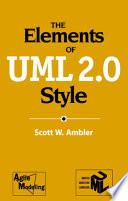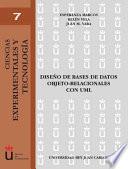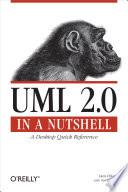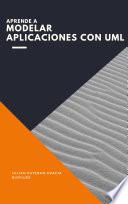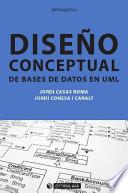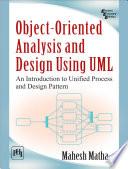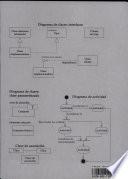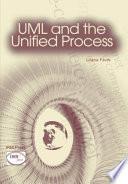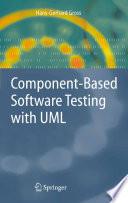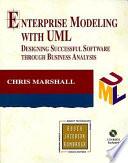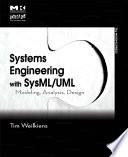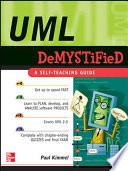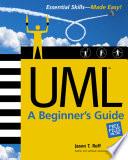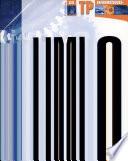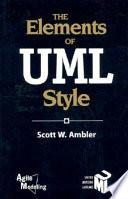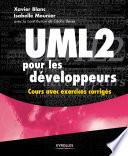UML for Database Design
Autor: Eric J. Naiburg , Robert A. Maksimchuck
Número de Páginas: 324
Typically, analysis, development, and database teams work for different business units, and use different design notations. With UML and the Rational Unified Process (RUP), however, they can unify their efforts -- eliminating time-consuming, error-prone translations, and accelerating software to market. In this book, two data modeling specialists from Rational Software Corporation show exactly how to model data with UML and RUP, presenting proven processes and start-to-finish case studies. The book utilizes a running case study to bring together the entire process of data modeling with UML. Each chapter dissects a different stage of the data modeling process, from requirements through implementation. For each stage, the authors cover workflow and participants' roles, key concepts, proven approach, practical design techniques, and more. Along the way, the authors demonstrate how integrating data modeling into a unified software design process not only saves time and money, but gives all team members a far clearer understanding of the impact of potential changes. The book includes a detailed glossary, as well as appendices that present essential Use Case Models and descriptions. For ...
